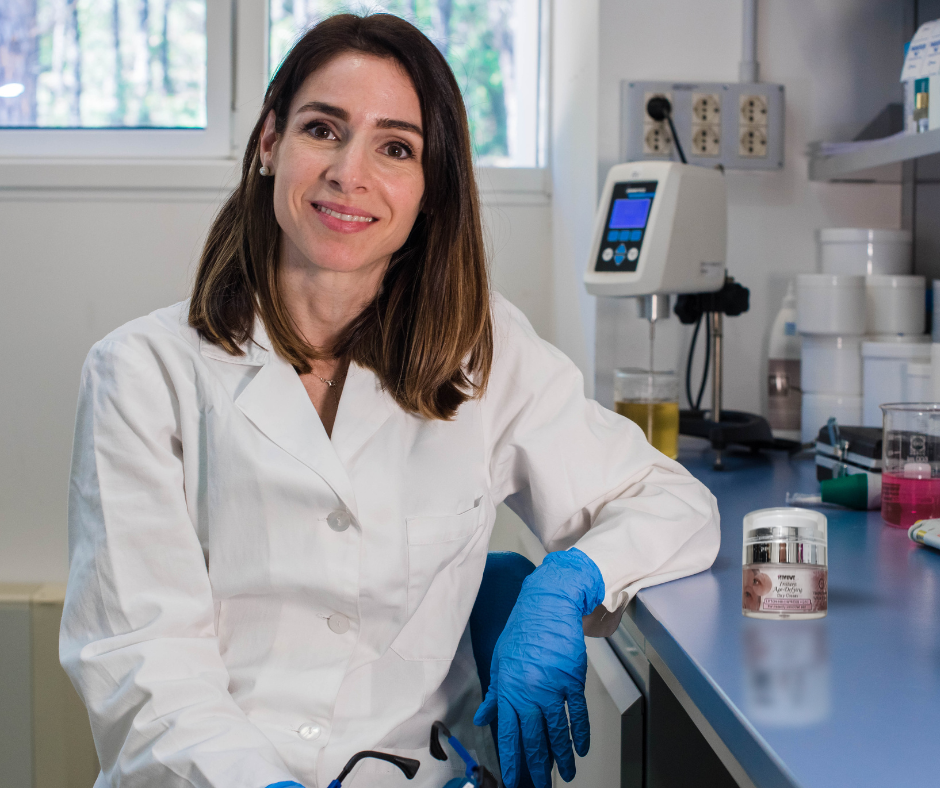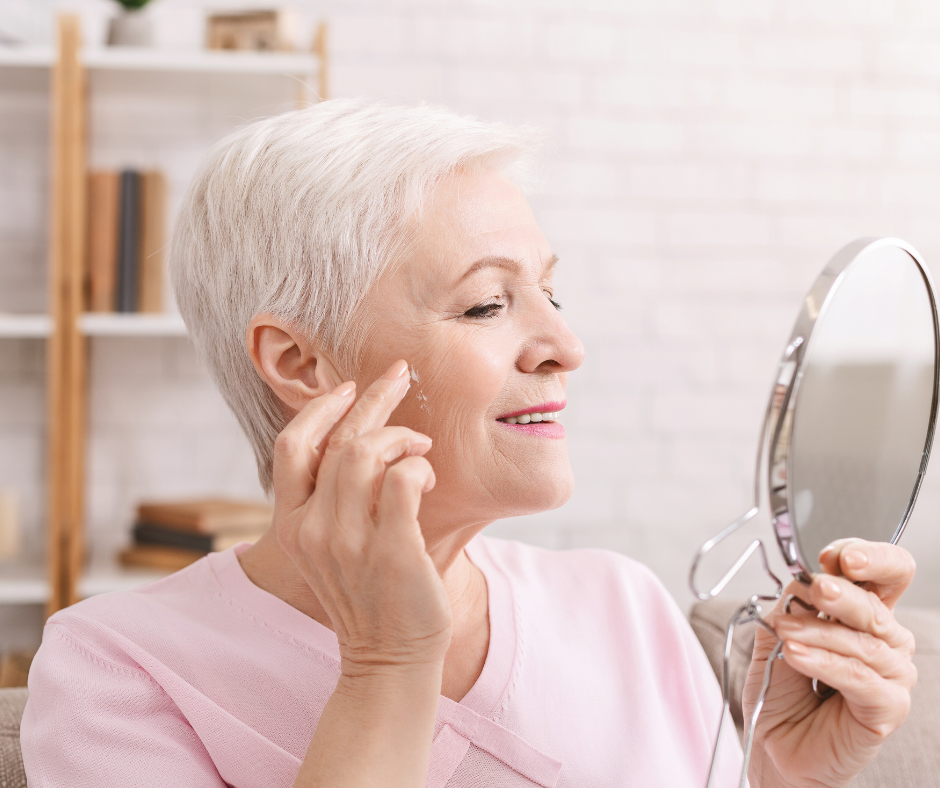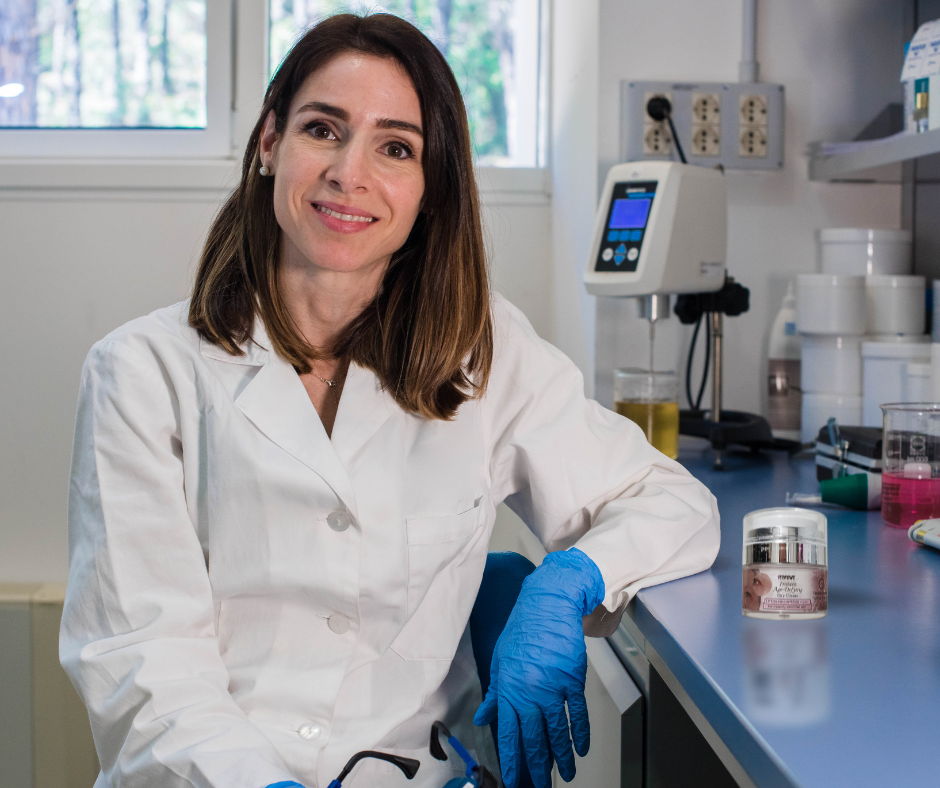Creating safe and sustainable cosmetic products is an art that requires balancing effective ingredients with customer needs. One of the biggest challenges is protecting products from microbial growth and spoilage – this is where preservatives come into play. In this blog post, we delve into natural preservatives, their function, and how they can be used effectively.
Why are preservatives needed in cosmetics?
Preservatives protect cosmetic products from being attacked by bacteria, fungi and mold. This is especially important in products that contain water, as water is a breeding ground for microbial growth. Without preservatives, a product can quickly become unhealthy to use and cause skin irritations or infections.
The difference between synthetic and natural preservatives
Synthetic preservatives, such as parabens and phenoxyethanol, are common in cosmetics due to their effectiveness and long shelf life. However, they have been questioned due to potential health risks and environmental impacts. Natural preservatives offer a more environmentally friendly alternative that is also respectful of the skin, but they have their own challenges, such as being less potent and requiring careful formulation.
Examples of natural preservatives
-
Vitamin E (Tocopherol) Vitamin E is a powerful antioxidant that prevents fats and oils from oxidizing. It does not act as an antimicrobial agent but extends the shelf life of the product by protecting ingredients from degradation.
-
Grapefruit Seed Extract: This extract is rich in antimicrobial compounds and is often used as a natural preservative. It works best in combination with other ingredients.
-
Rosemary extract Rosemary extract is an antioxidant that protects oils from oxidizing and can contribute to a certain preservative effect.
-
Fermented Ingredients Fermented raw materials, such as radish root ferment, have natural antimicrobial properties and are becoming increasingly popular in natural cosmetics.
How natural preservatives work in cosmetics
Natural preservatives often work best in combination, where different ingredients work together to provide comprehensive protection. They are particularly well suited to anhydrous products or products with a low pH, where microbial growth is less likely.
To maximize the effect of natural preservatives, thorough testing, known as stability and microbiological testing, is required to ensure that the product is safe to use throughout its lifespan.
Tips for longer durability
As a customer, you can contribute to the long life of the product by:
-
Avoid adding water or other foreign substances to the product.
-
Always close the packaging properly after use.
-
Store products cool and away from direct sunlight.
Closing thoughts
Natural preservatives are a fantastic option for those who want sustainable and environmentally friendly products without compromising on safety. By choosing products with natural preservatives, you are not only supporting the environment but also the well-being of your skin.






Leave a comment